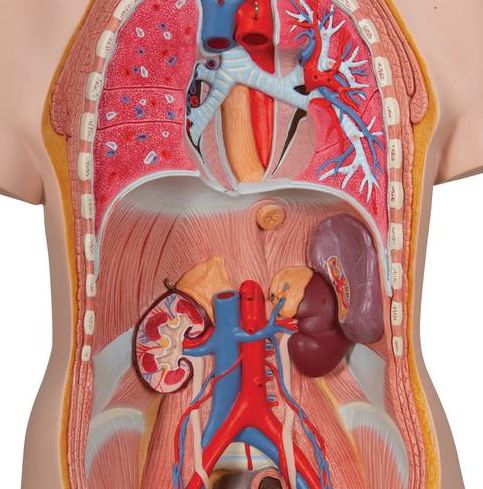قراءة لمدة 1 دقيقة TRAPPIST-1e

TRAPPIST-1e, also known as 2MASS J23062928-0502285 e, is a rocky, almost earth-size exoplanet orbiting within the habitable zone around the ultracool dwarf star TRAPPIST-1 about away from Earth in the constellation of Aquarius.
Astronomers found the exoplanet by using the transit method, in which the dimming effect that a planet causes as it crosses in front of its star is measured.
The exoplanet was one of seven new exoplanets discovered orbiting the star using observations from the Spitzer Space Telescope.
Three of the seven ("e", "f", and "g") are in the habitable zone.
TRAPPIST-1e is almost the same to Earth's mass, radius, density, gravity, temperature, and stellar flux.
It is also confirmed to not have a cloud-free hydrogen-dominated atmosphere, meaning it is more likely to have a compact atmosphere like the terrestrial planets in the Solar System.
In November 2018, researchers decided that of the seven exoplanets in the multi-planetary system, TRAPPIST-1e has the best chance of being an Earth-like ocean planet, and the one most worthy of further study related to habitability.
What's more, according to the Habitable Exoplanets Catalog, TRAPPIST-1e is one of the most possible habitable exoplanets discovered.













































